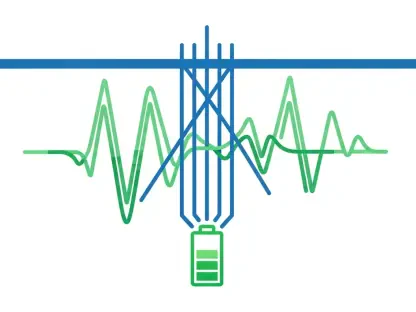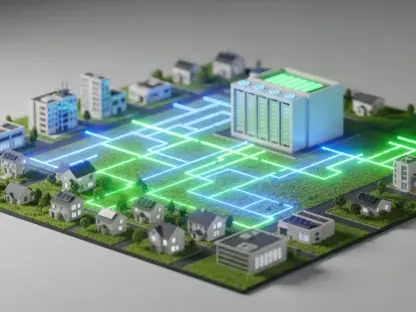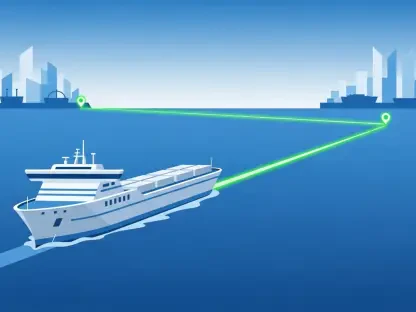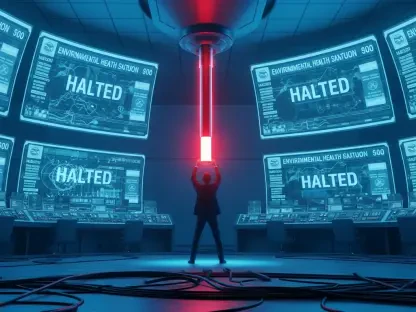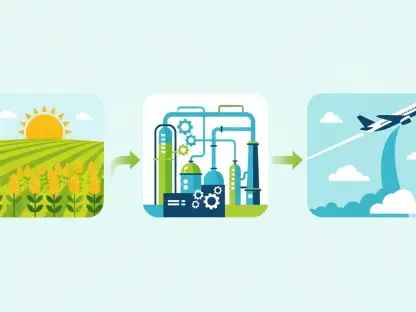Imagine purchasing a brand-new electric SUV for one of the happiest occasions in your life, only to have the vehicle break down multiple times shortly after. This unfortunate scenario became a reality for Vijay, who shared his distressing experience on X about his Tata Curvv.ev, an electric SUV that malfunctioned after just 1,600 kilometers. The narrative underscores fundamental problems within Tata Motors’ quality control and customer service, with Vijay’s ordeal highlighting a broader issue many customers face.
The Unexpected Breakdown of Tata Curvv.ev
Initial Excitement Turns to Disappointment
Vijay initially purchased his Tata Curvv.ev from Key Motors in Bengaluru with high hopes, particularly looking forward to using his new vehicle for his upcoming wedding. However, the excitement quickly dissipated when the new car broke down twice within a span of just five days. Having driven merely 1,600 kilometers, Vijay found himself facing unexpected mechanical issues that should have been detected and rectified during the vehicle’s quality assurance process.
The first breakdown was attributed to a defect in the e-drive, a crucial component in electric vehicles responsible for managing the distribution of electrical energy to the car’s motor. Shockingly, the defect was due to moisture presence, highlighting a severe lapse in quality control and testing procedures. This initial failure was not only inconvenient but also raised concerns about the reliability and safety of the Tata Curvv.ev for Vijay and other customers. Tata Motors’ inability to provide a satisfactory explanation or a comprehensive fix only deepened Vijay’s disappointment and frustration.
Demanding Accountability and Resolution
The second breakdown further fueled Vijay’s dissatisfaction, leading him to demand either a full refund or a replacement vehicle. His ordeal resonated with many other Tata customers who have faced similar quality issues, emphasizing a systemic problem within the company’s quality assurance process. Vijay’s vocal critique pointed towards a significant gap between the brand’s promises and the actual customer experience. The new car, which should have been a source of joy and convenience, became a symbol of distress and frustration.
Vijay’s demand for accountability became a rallying cry for better customer service and reliable products from Tata Motors. His decision to post about his experience on social media highlighted the need for prompt and personalized responses rather than automated replies, which often further alienate already frustrated customers. This instance sheds light on the broader necessity for Tata Motors to revisit and enhance their quality control measures, ensuring that such defects are identified and addressed before the vehicles reach the customers.
Systemic Quality Control Issues at Tata Motors
Evidence of Broader Quality Problems
Vijay’s experience, while deeply personal and distressing, is not an isolated case. Many other Tata customers have reported similar issues with their electric vehicles, suggesting widespread quality control problems within the manufacturer. These repeated failings indicate that the underlying issues in quality assurance are systematic, requiring a comprehensive overhaul rather than just isolated fixes. Tata Motors’ reputation, built on trust and reliability, faces significant risks if such issues remain unaddressed.
The primary cause of concern lies in the fact that these vehicles undergo various climatic condition road tests before being made available to customers. This rigorous testing process should ideally detect and rectify any such defects. However, the fact that moisture in the e-drive component was not identified points to potentially flawed testing protocols. Such oversights not only impact the company’s reputation but also compromise customer safety and satisfaction, leading to financial implications and loss of consumer trust.
Customer Service and Automated Responses
Another critical aspect contributing to Vijay’s frustration was Tata Motors’ customer service response. In the face of such a significant failure, the automated replies he received only exacerbated his distress, highlighting a lack of empathy and personalized support. The effectiveness of customer service plays a crucial role in how such incidents are perceived and managed. Automated responses can often feel dismissive, failing to address the customer’s unique concerns and needs.
Vijay’s ordeal points to the necessity for Tata Motors to revamp their customer service protocols, making them more responsive and human-centric. A proactive, empathetic approach to addressing customer grievances can significantly improve the overall customer experience, even in the face of product malfunctions. Ensuring that customer service representatives are adequately trained to handle such escalations and provide timely, effective solutions is essential for maintaining consumer trust and loyalty.
The Urgent Need for Improvement
Urgent Revisions Required in Quality Assurance
Vijay’s experience serves as a stark reminder of the urgent need for Tata Motors to reassess and improve their quality assurance processes. The recurring nature of similar complaints from other customers indicates that the company must implement stricter quality control measures and adopt a more rigorous testing approach. Incorporating advanced diagnostic technologies and methodologies can help in identifying potential issues before the vehicles are delivered to customers, thereby ensuring higher reliability and customer satisfaction.
By addressing these systemic issues head-on, Tata Motors can potentially restore the confidence of their customer base. Investing in continuous improvement of quality control protocols not only benefits the company’s reputation but also ensures the longevity and reliability of their products. This proactive stance is critical for positioning Tata Motors as a leader in the competitive electric vehicle market, where quality and customer trust are paramount.
Enhancing Customer Service Experience
Imagine the joy of buying a brand-new electric SUV to celebrate a special occasion in your life, only to have the vehicle break down repeatedly shortly afterward. This unfortunate scenario happened to Vijay, who took to X to share his distressing experience with his Tata Curvv.ev. Despite the excitement of owning a new car, his electric SUV malfunctioned after covering just 1,600 kilometers.
This story highlights significant issues within Tata Motors’ quality control and customer service departments. Vijay’s ordeal isn’t just an isolated incident but reflects a broader problem that many customers seem to face when dealing with the company. It’s a stark reminder that even the most joyous purchases can become sources of stress and frustration if the product fails to meet quality expectations. The incident underscores the need for car manufacturers, especially those in the electric vehicle market, to prioritize reliable performance and robust customer support to maintain consumer trust and satisfaction.



